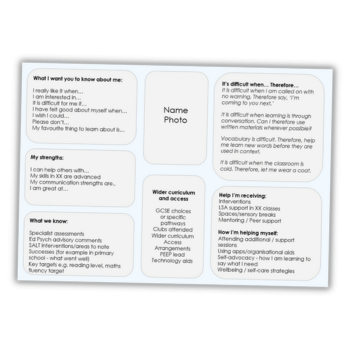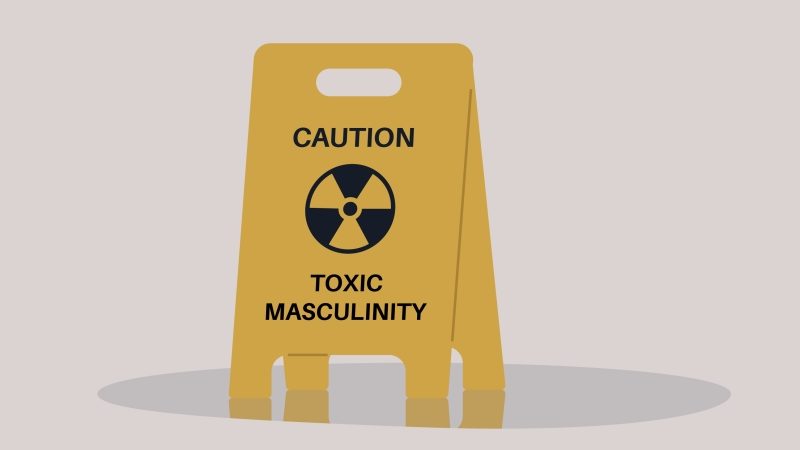My colleague, the computer – Could ChatGPT do some of your work for you?

ChatGPT could expand your teaching possibilities at a stroke – so long as it’s marshalled effectively, notes Elaine McNally…

It’s late. I’m scowling at an impenetrably complicated scheme of work that I should be turning into lessons. I’m tired and all out of fresh ideas.
But what if there was another way, whereby lesson preparation could be outsourced to the ultimate digital assistant? Well, that’s just one of many different possibilities afforded by ChatGPT, which has recently generated a storm of excitement and controversy amongst teachers, astonishing and alarming them in equal measure…
What is ChatGPT?
Put simply, ChatGPT is a large language model trained on a massive (and constantly growing) dataset, presented via a simple-looking online text box into which users can type instructions and questions and receive human-like responses. Developed and maintained by the AI research laboratory OpenAI it’s very young, having only been ‘launched’ publicly in November 2022.
As well as offering extraordinary, seemingly limitless scope for potential applications, it’s also very affable and chatty. Oddly, while using it I even find myself often saying ‘please’ and ‘thank you’! If you’ve yet to experience this powerful technology for yourself, do visit openai.com/blog/chatgpt. Its capabilities will likely amaze you, but also leave you wondering about the possible implications for teachers.
Initial social media responses have ranged from enthusiasm, to doom-laden predictions concerning the obliteration of our current model of education. Personally, I don’t think we’re facing an end of days extinction event. We can acknowledge concerns, whilst also recognising that the functions afforded by ChatGPT might create an exciting upheaval in educational practice.
How should you use it?
In short, ChatGPT simply answers any questions that you ask of it by generating a written response to instructions. The user types in one or more directives, following which ChatGPT’s response will be rapidly tapped out within seconds. It’s compelling to watch – it’s sometimes taken me longer to type out my instructions than for ChatGPT to write its response!
In terms of the practical benefits for teachers, imagine being able to quickly generate questions, quizzes, problems and other resources. Well, now you can – just make sure you ask it to provide the answers!
Similarly, if you want a lesson plan or even a scheme of work, you just have to ask for one, remembering to request some learning objectives and example activities while you’re at it. A cloze task can be a good way of getting started. Asking about possible misconceptions could also help you see topics from a student’s point of view.
What about key vocabulary and definitions presented in a table? Or perhaps an additional list with some words deliberately misspelt, so that students can practice spotting errors? ChatGPT can also be used to simplify information. Present it with an article and then ask it for a summary via bullet points, or in less 60 words.
How about generating challenge? Ask it for some suggested research topics. Personalised learning? Feed it specific prompts to generate customised content based on your students’ needs and interests. ChatGPT can write in any language and translate, making it well-suited to the task.
There’s also the potential to use it for assessment purposes. ChatGPT will happily write sentence starters and discussion prompts and come up with titles, along with model answers. You could try asking for two different answers, and let students critique and try to improve them.
Then there are all those other labour-intensive tasks, such as writing letters, drafting policies and emails, producing marketing content, putting together assembly scripts, and preparing presentations, written reports and proposals. ChatGPT could dramatically reduce teacher workload by automating some of most time-consuming aspects
of the job.
What’s even more remarkable is how ChatGPT can build knowledge as you add to its responses, learning from feedback and revising its information over time.
Potential pitfalls
That said, ChatGPT isn’t perfect. None of the responses it gave me were 100% ideal; all required an expert teacher to interpret and adapt. They were starting points, rather than replacements.
It’s also clear that while ChatGPT can replicate the correct form, tone and register of a plausible response, it will make errors, or even invent things, in entertaining ways. The ChatGPT FAQ resource tells us that ChatGPT will occasionally ‘hallucinate’ outputs, which sounds funny, but should alert us to just how important human judgement and subject expertise really is.
Some teachers have successfully given ChatGPT work to mark, though others have urged caution. In any case, ChatGPT users should always carefully review and evaluate the material it generates.
It seems inevitable that ChatGPT will have a dramatic impact on teaching and learning. Schools will have to consider how they engage with it and draw up a set of AI policies based on honest conversations with students, resulting in measures that set clear guidelines for acceptable use.
Is there a risk of ChatGPT leading to superficial subject understanding, an erosion of critical thinking and/or diminished creativity? I doubt it. It may well be helpful in reducing administration, and lightening workloads, but it won’t replace the expert teachers helping students to learn and apply their knowledge.
Reality check
In terms of students’ writing, there’s more incentive now than ever to encourage handwriting and ensure that students are using laptops responsibly. It’s possible that we may start to assess writing and set homework differently, perhaps by making greater use of flipped learning.
I know that I’m going to be more vigilant about when and where my students write their assignments, though I’m fairly sure any teacher could spot a ChatGPT-generated essay. Its style is uncannily accurate and human-like, but also very anodyne, lacking any of the idiosyncratic personal style we’ll always see among our students.
There are also some important facts to understand if you plan on using ChatGPT with your students. Its creator, OpenAI, collects and reviews all data provided in ChatGPT interactions, with clear implications for any children using the platform. Indeed, the site’s user agreement states, ‘Our service is not directed to children under the age of 13’ and that ‘You must be 18 years or older and able to form a binding contract with OpenAI to use the Services.’
ChatGPT is incredible, but let’s not be too dazzled by its capabilities or embrace it uncritically. Aside from anything else, at the time of writing the site frequently exceeds capacity, so I’ll probably end up writing those lesson plans myself.
(Though I might wait to see what it thinks about the draft ChatGPT school policy I have on my to-do list…)
How to speak ChatGPT
If you want ChatGPT to create content for you, be aware that clear, precise input will result in better bespoke output…
Basic:
Write 6 sentences on holidays, in French, as an example for students.
Better:
Write in French. Write 6 sentences on holidays for a Year 8 French class in the first person. Use the perfect tense for the first 3 sentences and the present tense for the last 3. Write the sentences again using a different pronoun
Basic:
Explain how different coastal landforms are created by erosion.
Better:
Explain how different coastal landforms are created by erosion for a Year 9 geography student. Use bullet points. Then write 8 multiple choice questions about the information. Then turn the information into a gap fill exercise. List the missing words at the end.
Basic:
Plan a lesson on nature poetry
Better:
Plan a lesson on nature poetry for year 8. Include learning objectives about analysing poetry. The lesson should include a hook to get students interested. Give a suggestion for a key poem to discuss and 5 questions about this poem. Include definitions. Include a creative extension task and make this fun.
Elaine McNally (@mrsmacteach33) is an English head of department; for more information, visit her blog at mrsmacteach33.wordpress.com











